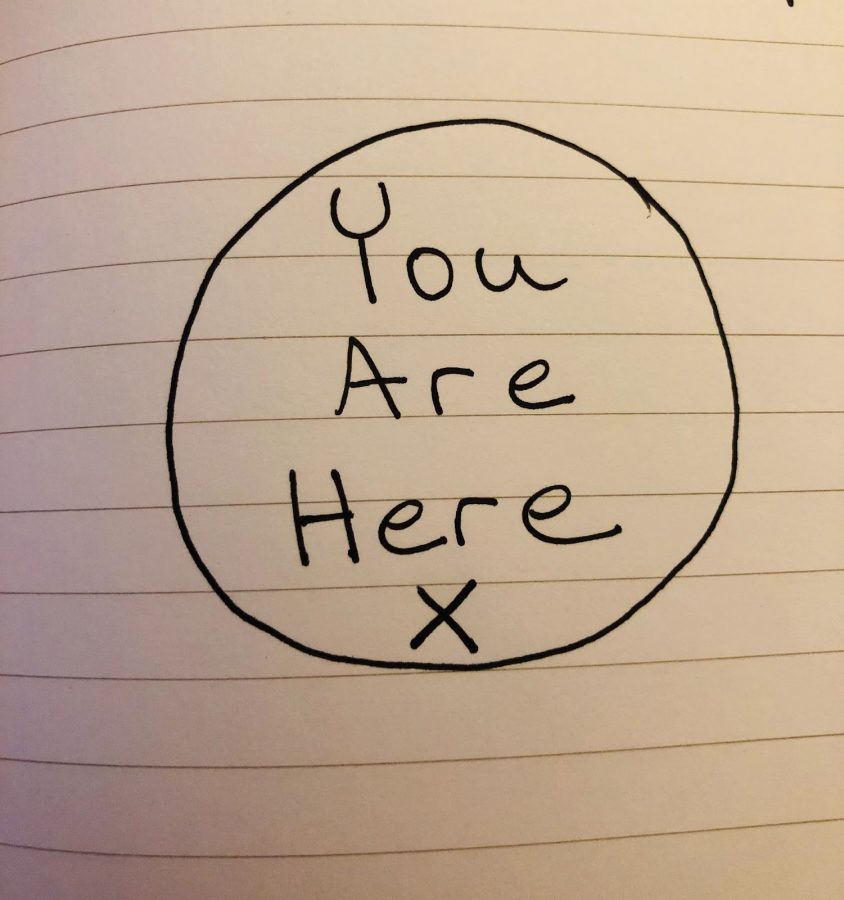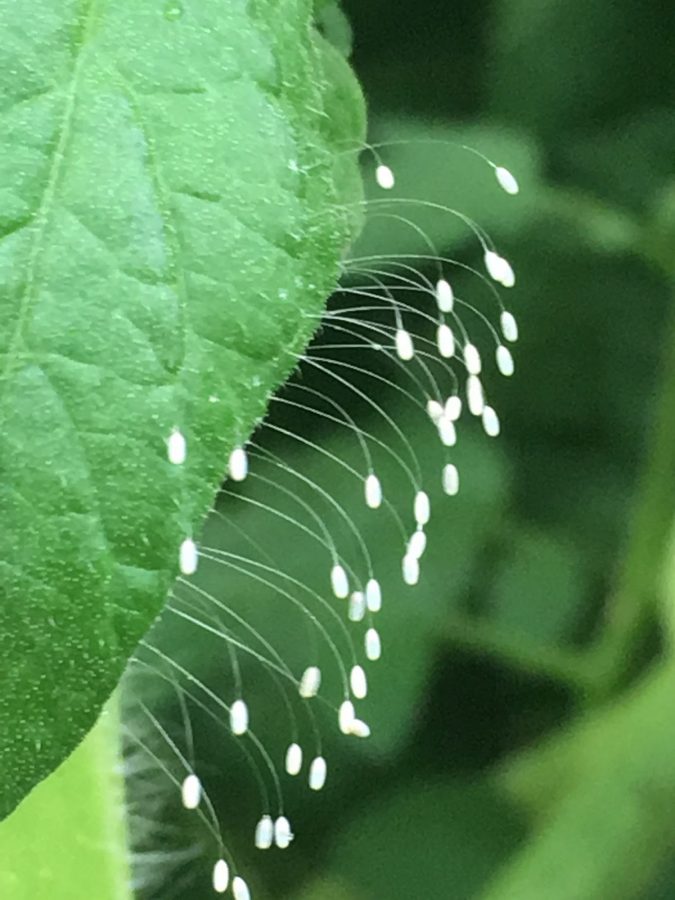Ideas for healing racial injustices
as told to Diana Sette
This article was originally published (without images) in The Race Anthology: Dispatches and Artifacts From A Segregated City. GTK Press: Cleveland. 2016. Hardcopies available here.
— — —
Morris Ervin, Jr. is the Ambassador of Culture at Open Doors Academy where he created a Restorative Justice (RJ) Program. He is a Mindfulness Instructor at University Hospital. In his work as the Founder and Youth Development Specialist of The Real Mansa, he uses Restorative Practices in his work daily in Cleveland and across the US. In this oral history, he explains the personal experiences that drive some of his work along with his views on allyship and dialogue across racial lines.
— — —
So, I call myself an educator, an entertainer, a motivational speaker, and a Youth Development Professional. And in addition to that, I am working with adults now, and I’m also a storyteller. I go into schools or colleges and I tell stories over music, and it’s more of an interactive performance. Right now, I do a performance on racial profiling —
April 23, 1999, I was with my wife and my infant daughter, and I was pulled over by police, and basically — and you can go on my website and watch the whole performance — but basically, I was pulled out of the car, I was beaten up,in front of my family, taken to a parking lot, took the cuffs off me, and basically my life was about to be taken, and I got out of that situation after a night in jail, and I went to trial, and it was very traumatic. For my wife to witness that, and my baby, fortunately, she stayed safe during the whole traumatic incident.
You know, I blog, I’ve been writing in my journal since I was 19, and I’ve wrote about the incident for years, and now it’s just so fascinating that now I’m on stage and I’m going through the incident like it happened every time I share it, and it’s powerful. It’s like I wrote a play about it basically. It’s about my own experiences — it’s relevant to what’s going on today.
I have a partner who I work with, he’s my DJ, and he helps me with the technical parts of the show, and he’s like ‘Every time you share it, you get more intense and powerful, and you get more emotional.’ And when I’m sharing it, every time, I’m back in that moment. I’m back in that moment. But when I’m done, I’m back to the present. It’s such a powerful experience.
It is kind of a piece of me. But I’m detached from it now, so after it’s over, I use my interactive and facilitation skills to really be with the audience, and connect with the audience, feel the audience, and give them encouragement, and we talk about what they’re going through, and it’s a really powerful experience. I have healed, but I have to go back to the past to really get back in the moment to get back into the present. (laughs)
Sharing traumatic experiences is not a weakness, it’s actually a strength. And it can actually heal you. You can get this psychic energy from the crowd, people can relate. It’s just beautiful. It’s just beautiful that God allowed me to be a vehicle to share that, especially during these troubling times.

I did it for one particular school, and the principal came up to me after, and was like, ‘Man, I don’t know how you get this level of engagement, but you are amazing.’ So then I went to the school the next day and I noticed that some of the teachers came up to me and expressed their experiences, and hugged me, and then some of the teachers really gave me some scowls. So I talked to the principal, and he said, ‘Yeah, a certain number of our teachers really thought your whole performance was about police bashing.’ And I was like, really? Really, you’re going to make this about you, again?
If you look at my performance — telling my story — and then you look at the whole entire journey, it has nothing to do with police bashing.
Because guess what, when I’m doing my presentation I ask some questions, and I asked this question, “Raise your hand if you’ve ever had someone incarcerated, a family member incarcerated, if you’ve ever experienced police harassment.” And every kid in the auditorium raised their hand. And they weren’t joking around.
Now, if I’m a school teacher, and I’m standing against the wall, and looking at this, I’m like “This is some information! This is like an evaluation, an assessment, about what my kids are going through.” And some of the teachers are sitting there — and I’m making an assumption — are focused on me “police bashing” and missing the whole entire point.
There’s an opportunity in that resistance. One of my ultimate goals is to work with a school district for six months to a year, because I don’t mind dealing with resistance, it just takes time.
If I have the opportunity to talk with those teachers, I want them to feel comfortable to say exactly what is on their minds. And if these teachers are just seeing me for an assembly, and I’m not having the opportunity to really be intimate with them, and really allow them to say whatever they need to say to build that trust … then I think adults are just like young people. They don’t trust easy, they’re skeptical, they’re cynical.
I don’t just do Non-Violent Communication and Mindfulness work so I can walk around dancing and feeling happy. I do this stuff, because things need to be resolved, people need to be heard.
You know, there are a lot of injustices. I try to tell people “You can’t just be mindful in a vacuum. What’s the point?” What’s the point? To have all these skills just to have them? You know this world is an ugly place. It’s beautiful, but to bring some more beauty, we need to have these practices to help people, to enrich people, to be able to be self-expressed and be honest.
When you sit down in those conflict situations — first of all, emotions are very thick. Tension is very high. A lot of times the first thing you want people to do is kind of reflect, right? What happened? What was I thinking? What have I thought about since? How have my actions affected the people around me? How have my actions affected myself? What do I need to do to make this situation right? And then the other set of questions is, hey, what did I first realize when I was affected with the situation? What is the hardest thing to deal with?
The first thing I do is I have people just write and reflect, and that kind of brings down the emotion, and gives them the opportunity to settle. And then I kind of facilitate the dialogue. Usually I say, you know, ‘One person speaks at a time, the other person listens.’ And before the other person speaks, they have to validate and give that person empathy. ‘Use “I statements,” you have to refrain from judgment.’
And so, it’s kind of like a dance. And you have to stay focused on the specific issue. No going back into the past. No bringing up old stuff. If there’s a situation where something was said on Friday, we’re going to deal with Saturday first. So, it’s a playful dance.

I’m a facilitator. People feel safe, and I let people express themselves after they reflect. I hear what the other person was saying, and vice versa. You’ve got to make sure people are heard and you have to make sure people really get each other, because usually it goes deeper than just what was said or done. Usually, it’s someone’s own insecurity, or somebody, 99 percent of the time, someone heard it the wrong way, right? Everyone has their own perspective, and vantage point.
So, again, it’s just using my nonviolent communication skills, having people express their feelings, having people express if they needed more respect in the situation, if they needed more understanding. So you really get to the root of the problem by using the restorative practice questions and then the non-violent communication skills, people can speak and listen from the heart.
If I’m a white, middle-class male listening to a black, 20 year old male, and I really get to listen to how he’s affected, and how I’m affected, then we can really start to get somewhere.
That’s where NVC comes in because if people start to use labels and judgments, we can stop the conversation, process, and again, get back to, ‘we want to speak from our own experiences.’
What is important about restorative practices is that, you know, we might not be getting to a solution that day, but the process is really what’s important. It allows people to really hear from underneath our current circumstances, and it builds a greater sense of awareness and connectedness.
As the facilitator I can use my own mindfulness practice to take care of my own thoughts and judgments. When I feel some anxiety in my belly. Or I feel some anxiety in my face. To notice it, and loosen it. Get back to my breath. To really get to the present moment.
I have white friends who are concerned about me, because they know my story, and because I’m also Muslim. If you think about the history of this country and when we were brought here as slaves — a lot of white people helped. They were a part of the Underground Railroad. They risked their lives, they used their resources. Right is right, and they helped. They were very courageous. That is on a higher level of sacrificing your time. And you look at these protests now, and half the people are white.
To me justice has no color. So I would say you can definitely be an active part of the struggle. Because everybody’s struggle is really the struggle. If you look at the universality of it — whether its a woman’s struggle, whether it’s the struggle for racial justice, to combat what’s happening to the Muslims — it’s a struggle. So being part of a struggle, to me, is really all of our responsibilities.
I have some white friends who are speechless, and they don’t do anything but listen to my pain. You don’t have to do anything with it, but be present. To be present for somebody’s suffering without having to feel like you have to do anything with it.
Because I don’t know what is like to be a woman, but I can be present with the struggle. Just be present.




